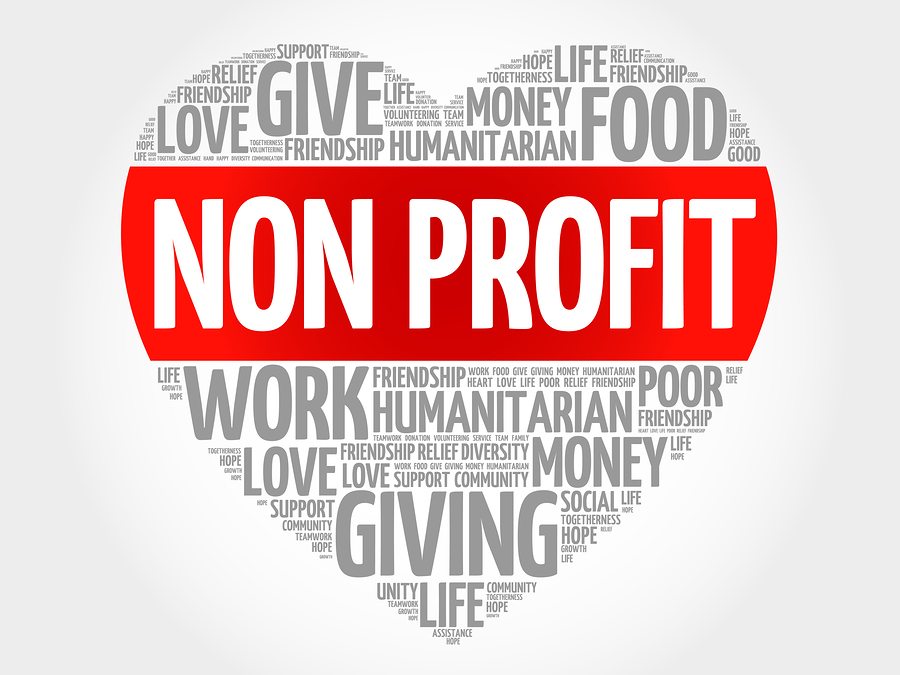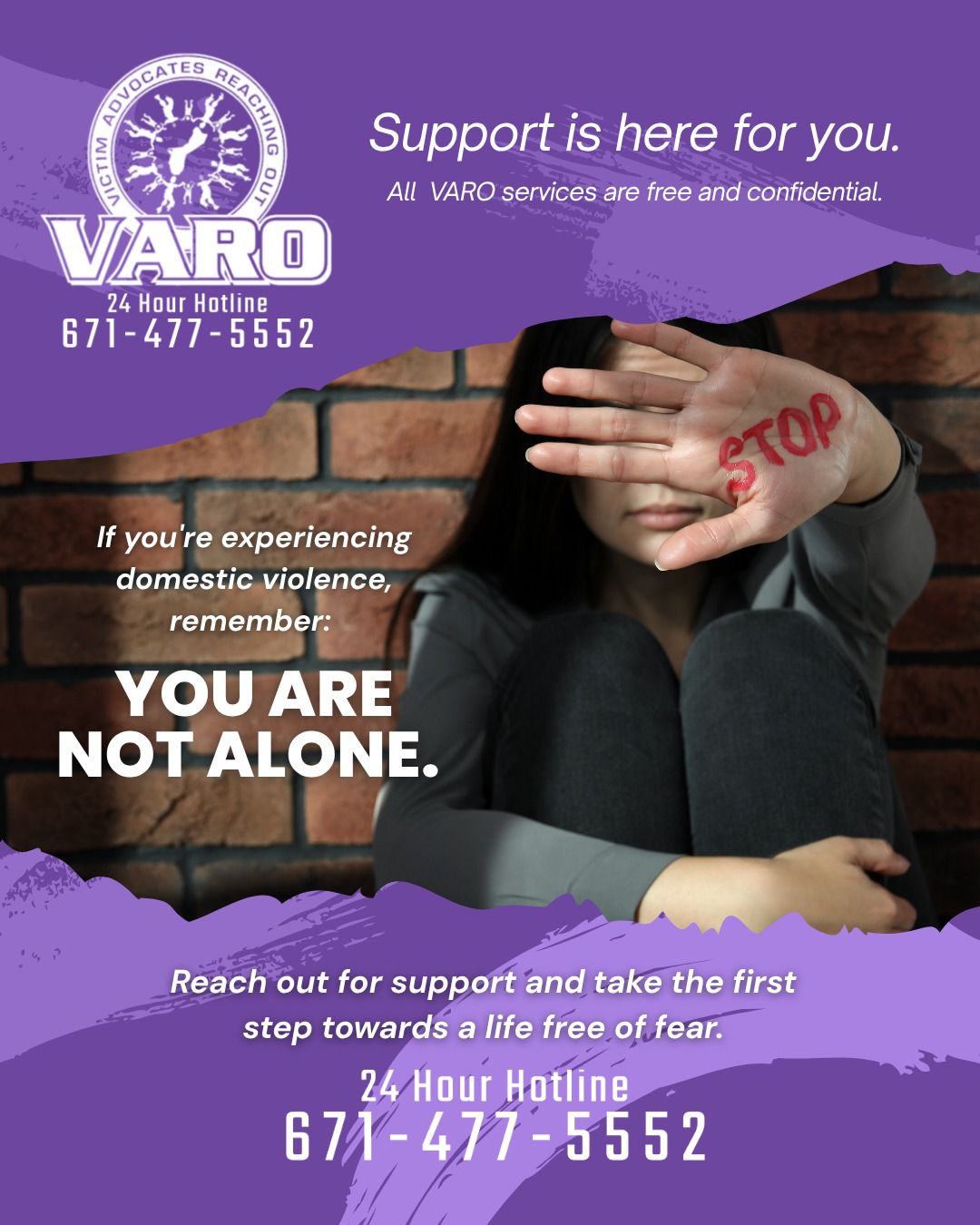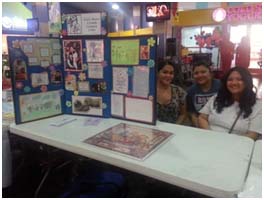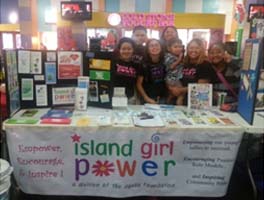Learning Standards/Objectives:
Standard 2: Communication and Collaboration
Students use digital media and resources to communicate and work collaboratively, including at a distance, to support individual learning and contribute to the learning of others. PERFORMANCE INDICATORS
- 9–12.2.4 Participate in an online community through discussion boards or video or Web conferences to understand or solve a local or global issue.
- 9–12.2.2 Communicate information and ideas effectively to multiple audiences using a variety of digital media and formats (e.g., email, blogs, webpage’s).
- 9–12.2.3 Gain cultural perspectives on content-related issues or topics by participating in global online projects.
- 9–12.2.4 Participate in an online community through discussion boards or video or Web conferences to understand or solve a local or global issue.
- 9–12.3.2 Organize a project or inquiry using online tools (e.g., wikis, web quests, storyboards).
- 9–12.4.2 Practice safe and responsible sharing of information and opinions online.
- 9–12.4.3 Follow protocols when accessing multiple digital communities (e.g., online lists and forums).
- 9–12.1.1 Produce original media products that incorporate different content areas using a combination of text, images, sound, music, or video for personal or group expression and inclusion in portfolios.
- HSA.2.1 Create original works of art of increasing complexity and skill using multiple combinations of the elements and principles of art.
- HSA.2.2 Plan and create works of art using complex ideas, such as distortion, color theory, arbitrary color, scale, expressive content, and real versus virtual.
- HSP.2.5 Create a two- or three-dimensional work of art that addresses a social issue.
Standard 1: Core Concepts Comprehend concepts related to health promotion and disease prevention to enhance health.
HS.1.1 Predict how healthy behaviors can affect health status. EXAMPLE: Describe the effects of alcoholism on the individual and on the family.
HS.1.2 Evaluate the interrelationships of physical, mental/emotional, and social health. EXAMPLE: Examine the importance of being aware of one’s own feelings and of being sensitive to the feeling of others.
HS.1.3 Analyze how environment influences personal and community health. EXAMPLE: Design a recycling program at your school, village community center, mayors’ office, local market, church, and/or village fiesta.
HS.1.4 Analyze how genetics and family history can impact personal health. EXAMPLE: Explain the effects of cultural influences on eating habits and the incidence of diabetes, (e.g., high sodium diet, over consumption of fatty foods).
HS.1.5 Propose ways to reduce or prevent injuries and health problems. EXAMPLE: Explain the importance of protective gear (e.g., when participating in contact sports, water-related activities, using mopeds).
HS.1.6 Analyze the relationship between access to health care and health status. EXAMPLE: Compile a list of community and school resources that provide products, services, and resources related to physical, mental/emotional, and social health.
HS.1.7 Compare and contrast the benefits of and barriers to practicing a variety of healthy behaviors. EXAMPLE: Evaluate effective strategies for dealing with difficult relationships (e.g., possessiveness, jealousy, insecurity, “égu”) versus maintaining a healthy relationship (e.g., nurturing, caring, loving, supportive).
HS.1.8 Analyze personal susceptibility to injury, illness, or death if engaging in unhealthy behaviors. EXAMPLE: Recognize the potential for injury and describe preventative measures (e.g., wearing a helmet while skate boarding to avoid head injuries).
HS.1.9 Analyze the potential effects of unhealthy behaviors and propose ways to avoid risky behaviors. EXAMPLE: Explain the relationship between improper diet, lack of exercise, and cardiovascular disease. 267 HIGH SCHOOL HEALTHEDUCATION
HS.1.10 Explain key health terms and concepts. EXAMPLE: List and define the vocabulary words pertaining to the topic.
Standard 2: Analyze Influences Analyze the influence of family, peers, culture, media, technology, and other factors on health behaviors.
HS.2.1 Analyze how the family influences the health of individuals. EXAMPLE: Explain the effects of cultural and family values on personal health.
HS.2.2 Analyze how culture supports and challenges health beliefs, practices, and behaviors. EXAMPLE: Consider the effects of combining betel nut with tobacco, lime, and pupulu and oral hygiene/health.
HS.2.3 Analyze how peers influence healthy and unhealthy behaviors. EXAMPLE: Create a skit and role-play situations depicting both positive and negative peer pressure.
HS.2.4 Evaluate how the school and community can affect personal health practice and behaviors. EXAMPLE: Critique the school’s current emergency and disaster preparedness plans and make recommendations for improvement and/or modification to accommodate student needs.
HS.2.5 Evaluate the effect of the media on personal and family health. EXAMPLE: Analyze the influence of the media on self-image (e.g., exercise, Slim Fast, Glamour magazine, Jenny Craig).
HS.2.6 Evaluate the impact of technology on personal, family, and community health. EXAMPLE: Evaluate the positive and negative effects of online communities (e.g., MySpace, Facebook).
HS.2.7 Analyze how the perceptions of norms influence healthy and unhealthy behaviors. EXAMPLE: Research the percentage of sexually active teens on Guam per the Youth Risk Behavior Survey (YRBS) compared to national statistics.
HS.2.8 Analyze the influence of personal values and beliefs on individual health practices and behaviors. EXAMPLE: Identify and compare common local food preparation methods with healthy preparation methods (e.g., fried vs. baked, fried vs. barbeque).
HS.2.9 Analyze how some health risk behaviors can influence the likelihood of engaging in other unhealthy behaviors. EXAMPLE: Identify the correlation between alcohol use and unprotected sexual activity.
HS.2.10 Analyze how public health policies and government regulations can influence health promotion and disease prevention. EXAMPLE: Research and discuss the public law that mandates HIV/AIDS prevention education. 268 HIGH SCHOOL HEALTHEDUCATION
HS.2.11 Analyze the influence of family relationships on other relationships. EXAMPLE: Compare and contrast the Pacific region’s family structures and gender roles with those of your own family. Standard 3: Access Valid Information Demonstrate the ability to access valid information, products, and services to enhance health.
HS.3.1 Evaluate the validity of health information, products, and services. EXAMPLE: Analyze the effectiveness of generic products versus name brand products.
HS.3.2 Utilize resources from home, school, and the community that provide valid health information. EXAMPLE: Create an informational Web-based pamphlet addressing teen health issues.
HS.3.3 Determine the accessibility of products and services that enhance health. EXAMPLE: Compare and contrast the availability of over the counter (OTC) and prescription drugs. HS.3.4 Determine when professional health services may be required. EXAMPLE: Identify socially and culturally acceptable ways to express emotions.
HS.3.5 Access valid and reliable health products and services. EXAMPLE: Compare and contrast the nutritional values of two fast food establishments.
Standard 4: Interpersonal Communication Demonstrate the ability to use interpersonal communication skills to enhance health and avoid or reduce health risks.
HS.4.1 Utilize skills for communicating effectively with family, peers, and others to enhance health. EXAMPLE: Create a skit and role-play effective communication skills, such as using “I” messages, active listening, and appropriate body language.
HS.4.2 Analyze how refusal skills enhance health and reduce health risks. EXAMPLE: Design a 30-60 second public service announcement (PSA) that promotes the use of refusal skills.
HS.4.3 Select and utilize various strategies to prevent, manage, or resolve interpersonal conflicts without harming self or others. EXAMPLE: Analyze the benefits of using peer mediation to solve interpersonal conflicts.
HS.4.4 Demonstrate how to ask for and offer assistance to enhance the health of self and others. EXAMPLE: Summarize why is it important to tell an adult if someone is in danger of hurting themselves or others.
HS.4.5 Analyze the possible causes and effects of conflict in schools, families, and communities. EXAMPLE: Analyze how power struggles in relationships can influence aggression and violence. 269 HIGH SCHOOL HEALTHEDUCATION
Standard 5: Decision Making Demonstrate the ability to use decision making skills to enhance health.
HS.5.1 Examine barriers that can hinder healthy decision making. EXAMPLE: Evaluate media strategies used to encourage tobacco use.
HS.5.2 Determine the value of applying a thoughtful decision making process in health-related situations. EXAMPLE: Summarize cultural and societal influences on sexual decisions. HS.5.3 Justify when individual or collaborative decision making is appropriate. EXAMPLE: Create a budget for a family to include prioritizing expenses such as housing, food, clothing, and medical needs.
HS.5.4 Generate alternatives to health-related issues or problems. EXAMPLE: Analyze the emotional, social, and physical benefits of abstaining from sexual activity.
HS.5.5 Defend the healthy choice when making decisions. EXAMPLE: Examine the relationship between healthy choices and life expectancy.
HS.5.6 Evaluate the effectiveness of health-related decisions. EXAMPLE: Explain the benefits of participating in a physical fitness program.
HS.5.7 Develop and practice decision making skills. EXAMPLE: Demonstrate the effective use of a decision making process.
Standard 6: Goal Setting Demonstrate the ability to use goal setting skills to enhance health.
HS.6.1 Assess personal health practices and overall health status. EXAMPLE: Analyze methods of cooking food to determine their effects on nutritional value.
HS.6.2 Develop a plan to attain a personal health goal that addresses strengths, needs, and risks. EXAMPLE: Compare and contrast realistic and unrealistic goals.
HS.6.3 Demonstrate the ability to design and implement a plan for achieving a personal health goal. EXAMPLE: Develop an action plan, support network, and reward system to achieve short- and long-term goals.
HS.6.4 Formulate and implement an effective long-term personal health plan. EXAMPLE: Develop short-term goals that aid in achieving a long-term goal.













